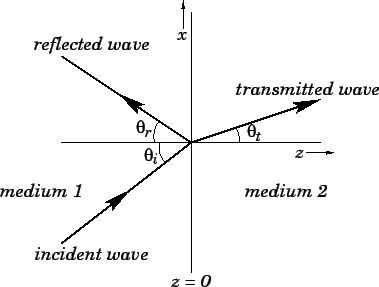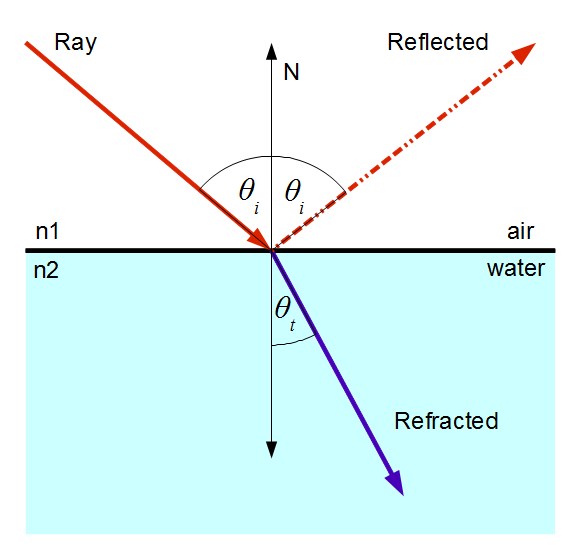

This has implications for the existence of generalized Brewster angles for dielectric metasurfaces. In the case of reflection at Brewster's angle, the reflected and refracted rays are mutually perpendicular.įor magnetic materials, Brewster's angle can exist for only one of the incident wave polarizations, as determined by the relative strengths of the dielectric permittivity and magnetic permeability. The concept of a polarizing angle can be extended to the concept of a Brewster wavenumber to cover planar interfaces between two linear bianisotropic materials. A glass plate or a stack of plates placed at Brewster's angle in a light beam can, thus, be used as a polarizer. In 1815, Brewster experimented with higher-quality materials and showed that this angle was a function of the refractive index, defining Brewster's law.īrewster's angle is often referred to as the "polarizing angle", because light that reflects from a surface at this angle is entirely polarized perpendicular to the plane of incidence (" s-polarized"). He attempted to relate the polarizing angle to the refractive index of the material, but was frustrated by the inconsistent quality of glasses available at that time. The phenomenon of light being polarized by reflection from a surface at a particular angle was first observed by Étienne-Louis Malus in 1808. Since the refractive index for a given medium changes depending on the wavelength of light, Brewster's angle will also vary with wavelength. Θ B = arctan ( n 2 n 1 ), įor a glass medium ( n 2 ≈ 1.5) in air ( n 1 ≈ 1), Brewster's angle for visible light is approximately 56°, while for an air-water interface ( n 2 ≈ 1.33), it is approximately 53°. The Fresnel equations predict that light with the p polarization ( electric field polarized in the same plane as the incident ray and the surface normal at the point of incidence) will not be reflected if the angle of incidence is The fraction that is reflected is described by the Fresnel equations, and depends on the incoming light's polarization and angle of incidence.

When light encounters a boundary between two media with different refractive indices, some of it is usually reflected as shown in the figure above.

This special angle of incidence is named after the Scottish physicist Sir David Brewster (1781–1868). When unpolarized light is incident at this angle, the light that is reflected from the surface is therefore perfectly polarized.

Otherwise as it rotates there will be light reflected, is this correct?Īlso does the intensity of the light reflected off of A increase gradually to a maximum when the beam is parallel to the incident plane at A? Any help would be much appreciated.Angle of incidence for which all reflected light will be polarizedĪn illustration of the polarization of light that is incident on an interface at Brewster's angle.īrewster's angle (also known as the polarization angle) is an angle of incidence at which light with a particular polarization is perfectly transmitted through a transparent dielectric surface, with no reflection. My understanding of Brewster's Angle then says that upon the second reflection at plate A if the plate is oriented such that the incident plane is the same as for plate B there will be no reflection. We have an unpolarised beam incident on plate B at Brewster's Angle which upon reflection should become s-polarised or polarised perpendicular to the incident plane. Illustrate with a qualitative sketch of intensity vs. Briefly explain how the intensity of the light reflected by the apparatus varies with the angle of plate A. (We ignore the light transmitted by the glass plates.) Plate A is then rotated about the z-axis as shown. The reflected light travels vertically and strikes a second glass plate A, again at Brewster's Angle. An incident unpolarised light beam of intensity $I_$ strikes glass plate B at Brewster's Angle.


 0 kommentar(er)
0 kommentar(er)
